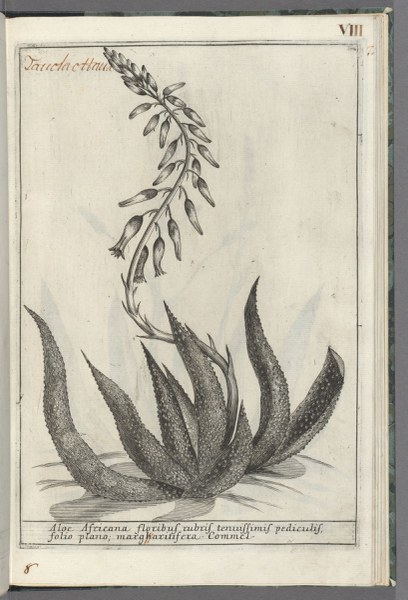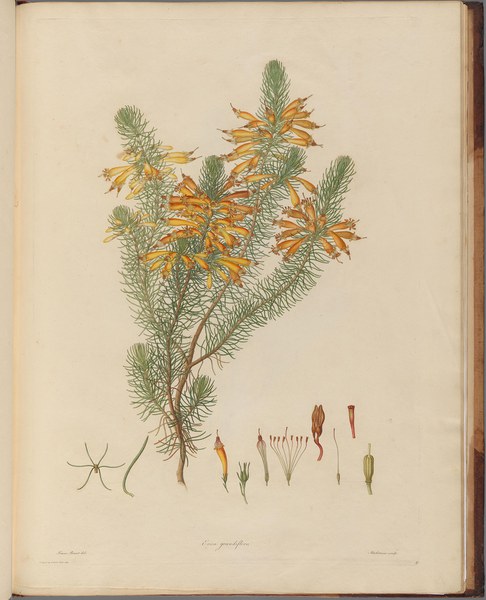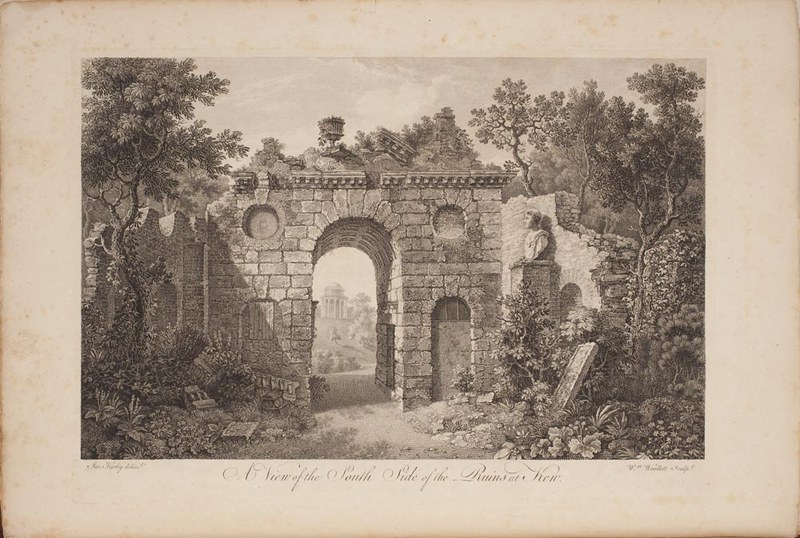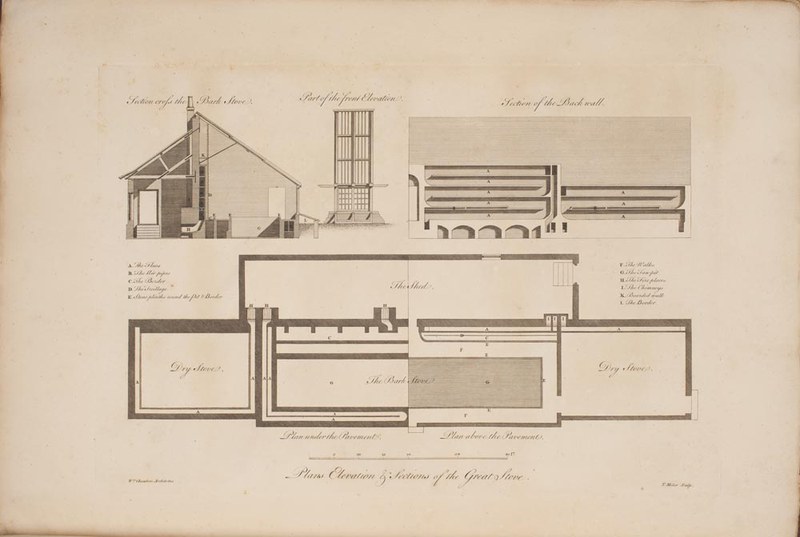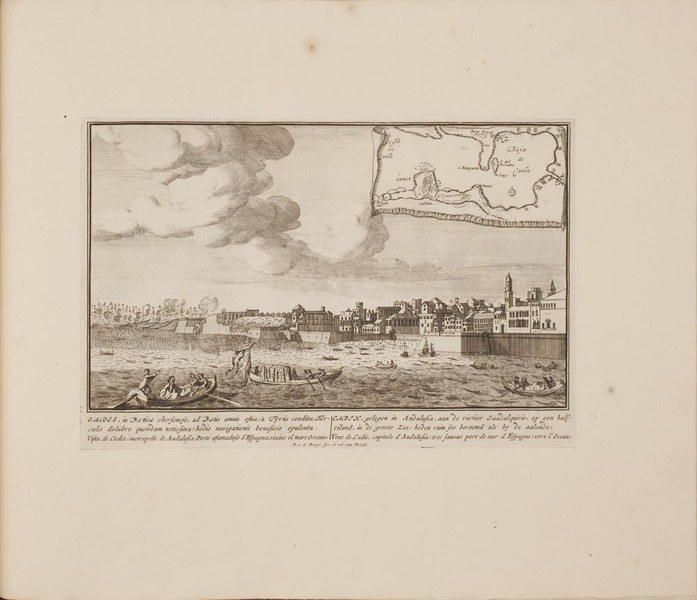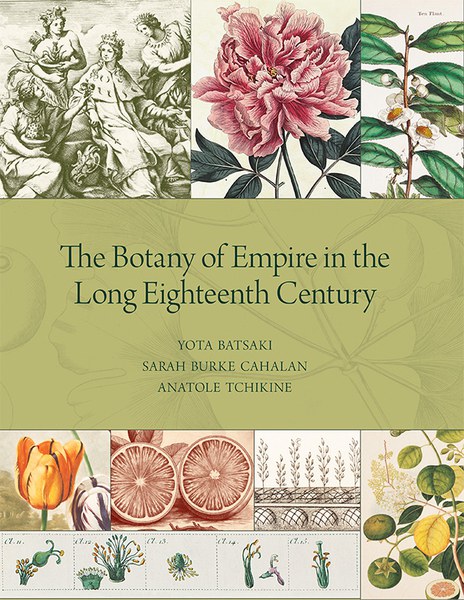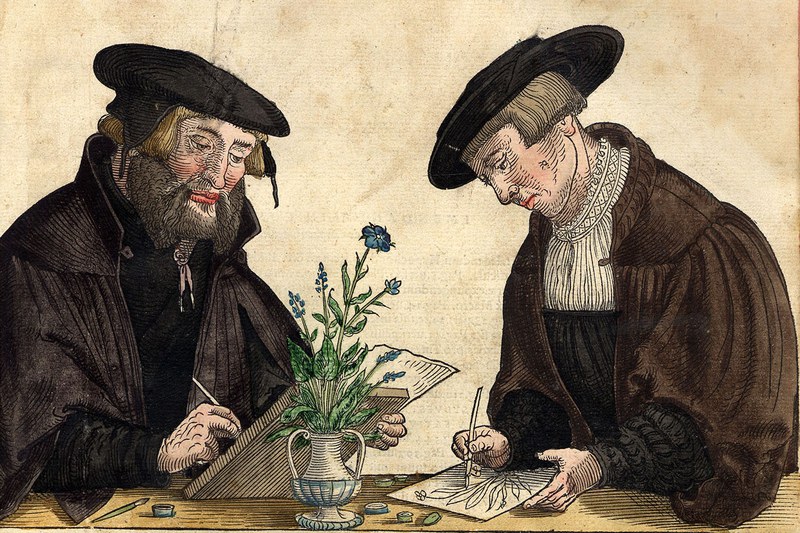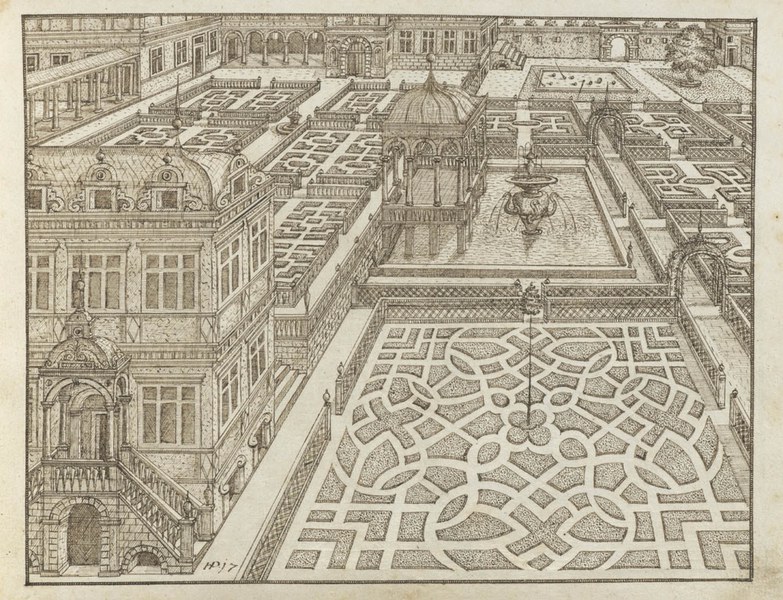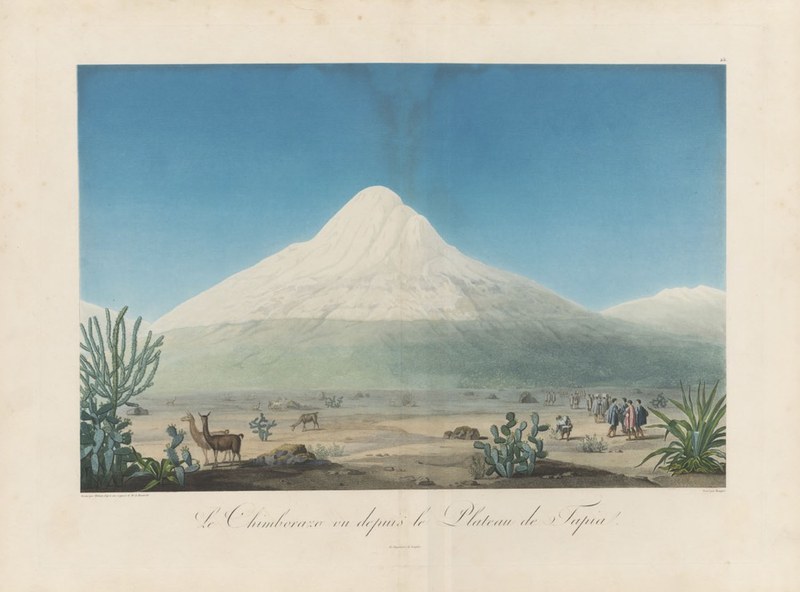
Botanical Gardens and Plant Collecting
Rare Books Online Exhibits Publications External Resources Related Content
Plants have traditionally played a range of important roles in human culture, being valued for their nutritional, curative, economic, and aesthetic properties; but it was in early modern Europe that their collecting became institutionalized. Originating as small enclosures for cultivating medicinal herbs, botanical gardens—whether privately owned or run by hospitals and universities, such as the celebrated horti of Pisa, Leiden, and Altdorf—were conceived as repositories of knowledge, supplies of materia medica, aids to taxonomic organization, and sites of princely self-fashioning (as in the case of the royal Parisian garden, with specimens engraved by Pierre Vallet).
Despite these diverse functions, one chief characteristic that brought these gardens together was being purposely built and carefully maintained collections of living plants. The identification of the varieties mentioned in ancient medical writings went hand-in-hand with the arrival of new exotic imports from Asia and the Americas, broadening the geography of botanical exploration. At the same time, regular fieldwork drew attention to the local flora, leading to its parallel “rediscovery” and cataloging by early modern naturalists. The Dutch Tulipmania demonstrates the tremendous importance historically attached to particular categories of plants, especially flowers, as objects of prestige. By the turn of the eighteenth century, the predominance of economic agendas resulted in the creation of networks of colonial gardens connected to the metropole, necessitating the invention of new technologies of plant transportation and acclimatization, such as the Wardian case and iron-frame glass greenhouses.
In addition to items documenting the rich history of botanical collecting, Dumbarton Oaks holds books with attached herbaria specimens used in place of artistic illustrations, as in the case of a curious Danish volume with the text by Johannes Buchwald.
Searching for Materials in HOLLIS
In addition to select digitized titles, the Dumbarton Oaks Rare Book Collection holds numerous materials related to botanical gardens and collecting. To quickly locate items in HOLLIS, use the “Advanced Search” feature to specify material subject, language, date range, or other criteria. Relevant subjects include the following:
Plants -- Catalogs and collections
Digitized Rare Books
Online Exhibits
Explore highlights from the collection related to botanical gardens and plant collecting below, or view all online exhibits.
Publications
Discover featured titles related to botanical gardens and plant collecting, or search all titles from Dumbarton Oaks Publications.
External Resources
The Biodiversity Heritage Library (BHL) is the world’s largest open-access digital library for biodiversity literature and archives. As part of a global “biodiversity community,” BHL’s worldwide consortium of natural history and botanical libraries works to digitize and make freely available the natural history literature held in their collections.
The Medical Heritage Library, Inc., is a collaborative digitization and discovery organization committed to providing open-access resources in the history of healthcare and the health sciences.
The Digital Library del Real Jardin Botanico CSIC (Madrid) is an online botanical information resource that provides free and open access to more than 7,500 publications, primarily drawn from the collection of the Library of the Royal Botanical Garden.
The Council on Botanical and Horticultural Libraries (CBHL) lists member Plant Libraries, many of which have made portions of their collections available online.
In addition to providing access to their own digitized monographs, plant catalogs, and periodicals, the German Horticultural Library has compiled extensive bibliographies of digitized garden literature from other institutions.
The aim of the Hortus Database at the Palace of Versailles Center for Research is to gather and compare the numerous lists of plants existing in European archives, to match the names cited in the sources with the scientific names of these plants and to allow researchers to consult these sources.
JSTOR’s Global Plants is the world's largest database of digitized plant specimens. In addition to the specimens contributed by partner herbaria, Global Plants also features reference works and primary sources, such as collectors’ correspondence and diaries, illustrations, and photographs.
Related Collection Strengths
Learn more about other collection strengths that may contain materials of interest to this research topic, or view all collection strengths.
